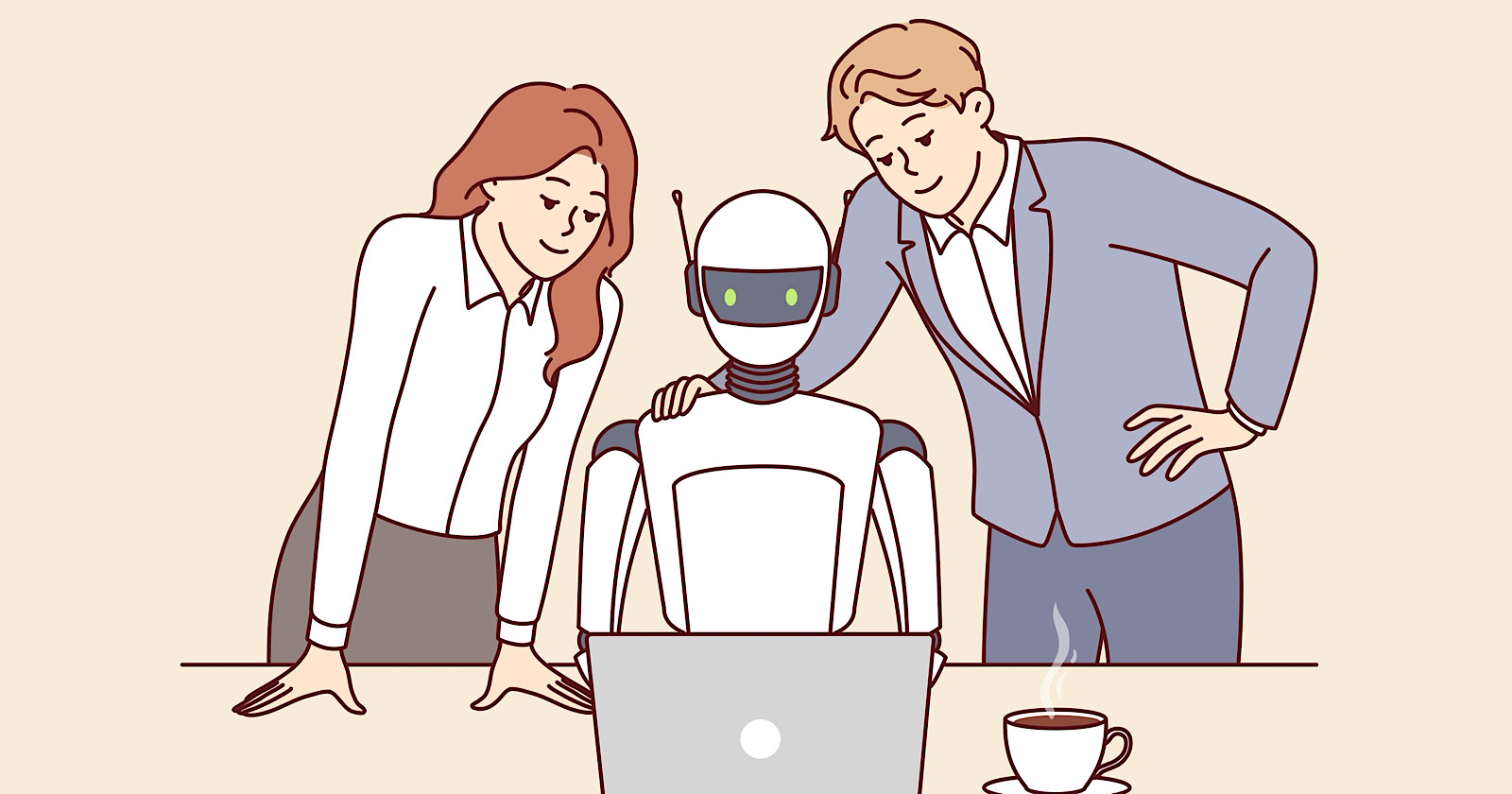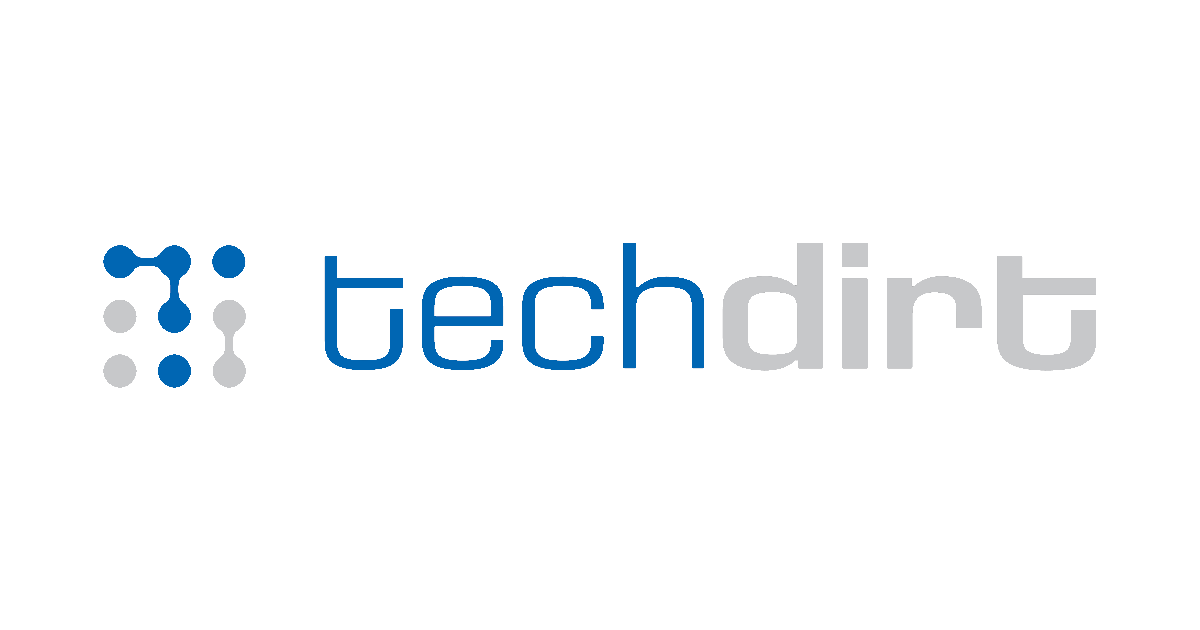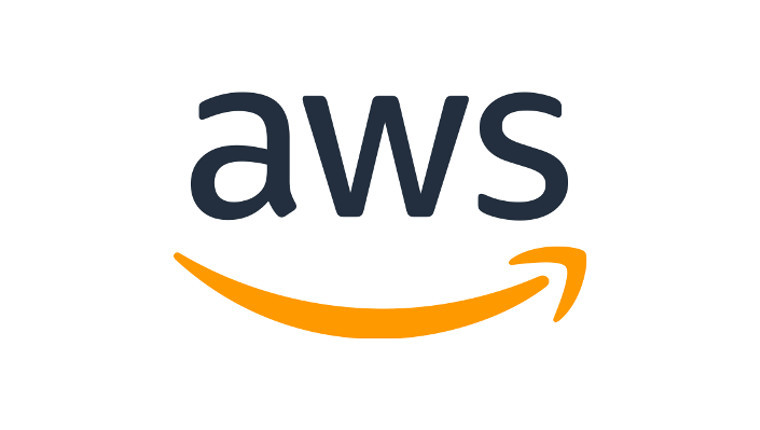Microsoft Unveils Vision for AI-Driven Workplaces in 2025

This week, Microsoft released its much-anticipated 2025 Annual Work Trend Index, an in-depth report outlining the company's ambitious vision for the future of work. According to the report, 2025 is poised to be the pivotal year when organizations transition from preliminary AI experiments to fundamentally restructuring their core operations around artificial intelligence (AI).
In conjunction with the report, Microsoft introduced a series of new terms that they believe will revolutionize workplace vocabulary and practices. Given Microsoft's substantial investments in AI technology, the company has compelling reasons to advocate for these concepts as integral to modern-day business practices.
The Microsoft AI Dictionary
Heres a breakdown of the key terms that Microsoft proposes will define the future workplace:
- The Frontier Firm
Microsoft defines Frontier Firms as organizations that are intricately designed around on-demand AI capabilities, integrated human-agent teams, and employees who take on the role of agent bosses. Remarkably, the report claims that a staggering 71% of workers in these AI-centric companies report that their organizations are thrivinga stark contrast to the global average of just 37%. - Intelligence on Tap
This term highlights the concept of AI being readily accessible whenever an organization requires it. Microsoft describes this AI as abundant, affordable, and scalable on-demand, suggesting that it can be easily procured and utilized without being constrained by workforce size or specialized expertise, particularly through Microsofts suite of products. - The Capacity Gap
This term addresses the growing gap between business demands and human capabilities. According to Microsofts research, 53% of business leaders feel that productivity must increase, yet an alarming 80% of employees report feeling overwhelmed by a lack of time and energy to complete their tasks. This insight points to a potential role for AI tools in bridging this productivity gap. - Work Charts
In a departure from traditional organizational charts, Microsoft envisions Work Charts that are adaptable to meet business needs by effectively merging human labor with AI. These flexible structures prioritize results over rigid hierarchies, enabling companies to optimize the combination of human and AI efforts for each project. - Human-Agent Ratio
This term signifies the balance that organizations must strike between AI agents and human employees for optimal performance. Microsoft argues that it is crucial for leaders to pinpoint the requisite number of AI agents for particular roles alongside the human guidance necessary to manage these agents. This concept effectively redefines staffing strategies in modern workplaces. - Agent Boss
Perhaps the most intriguing designation is that of the agent boss, a role defined as someone responsible for constructing, assigning tasks to, and managing AI agents to enhance their efficacy and further their career progression. Microsoft predicts that within the next five years, a significant percentage of teams will be engaged in training (41%) and managing (36%) AI agents as a natural aspect of their job functions. - Digital Labor
This phrase encapsulates Microsofts vision for AI-driven work automation. The company positions AI as a supplement to human labor rather than a replacement. The report highlights that an impressive 82% of business leaders plan to integrate digital labor solutions to expand their workforce within the forthcoming year and a half. Nonetheless, this transition towards AI-driven automation raises pressing concerns regarding job displacement, the necessity for retraining, and the ethical implications of AI usage.
These emerging terms and concepts reflect Microsofts vision of embedding AI more deeply into workplace operations, with the companys products at the forefront of this evolution. Additionally, Microsoft has announced significant updates to its Microsoft 365 Copilot, which include:
- New Researcher and Analyst agents
- An AI image generator
- Copilot Notebooks
- Enhanced search functionalities
Jared Spataro, Microsofts Chief Marketing Officer for AI at Work, encapsulated the company's aspirations in the report by stating, 2025 will be remembered as the year the Frontier Firm was born the moment companies moved beyond experimenting with AI and began rebuilding around it.
Looking Ahead
While the terminology proposed by Microsoft may evolve, the trends highlighted in the report are already influencing the landscape of digital marketing and beyond. Whether or not professionals choose to embrace the designation of agent boss, mastering the use of AI tools while preserving human creativity will likely become essential in the transforming workforce. The questions remain: Will Microsofts vision of Frontier Firms manifest precisely as laid out? Only time and widespread adoption of these innovative ideas will provide clarity.













